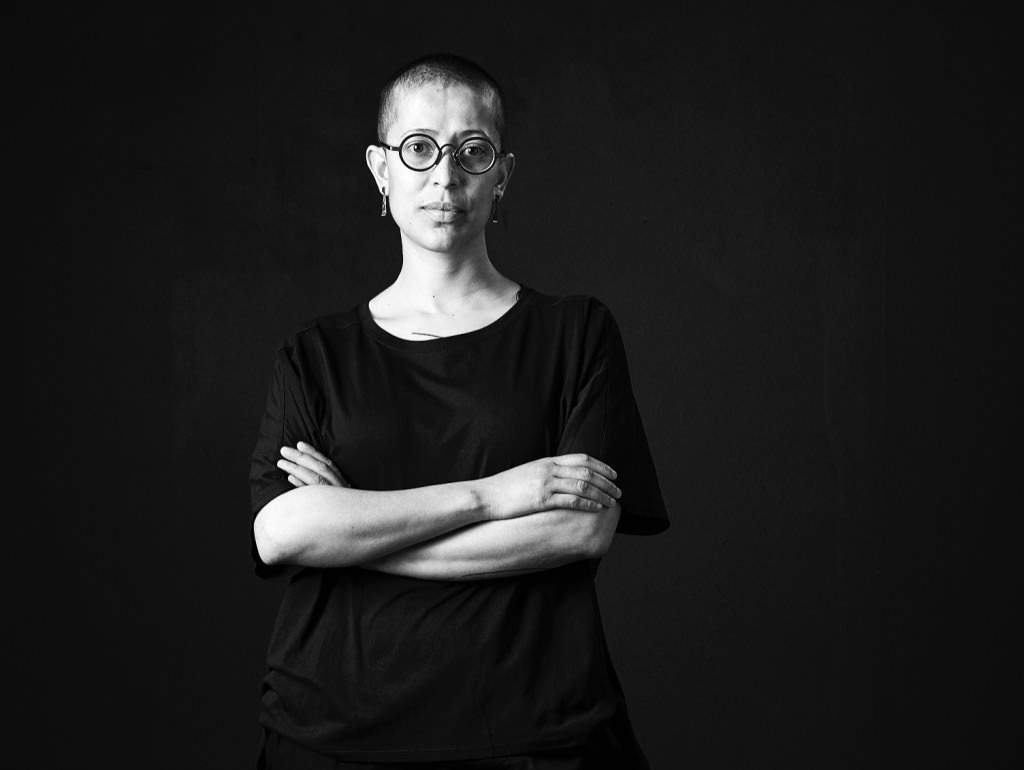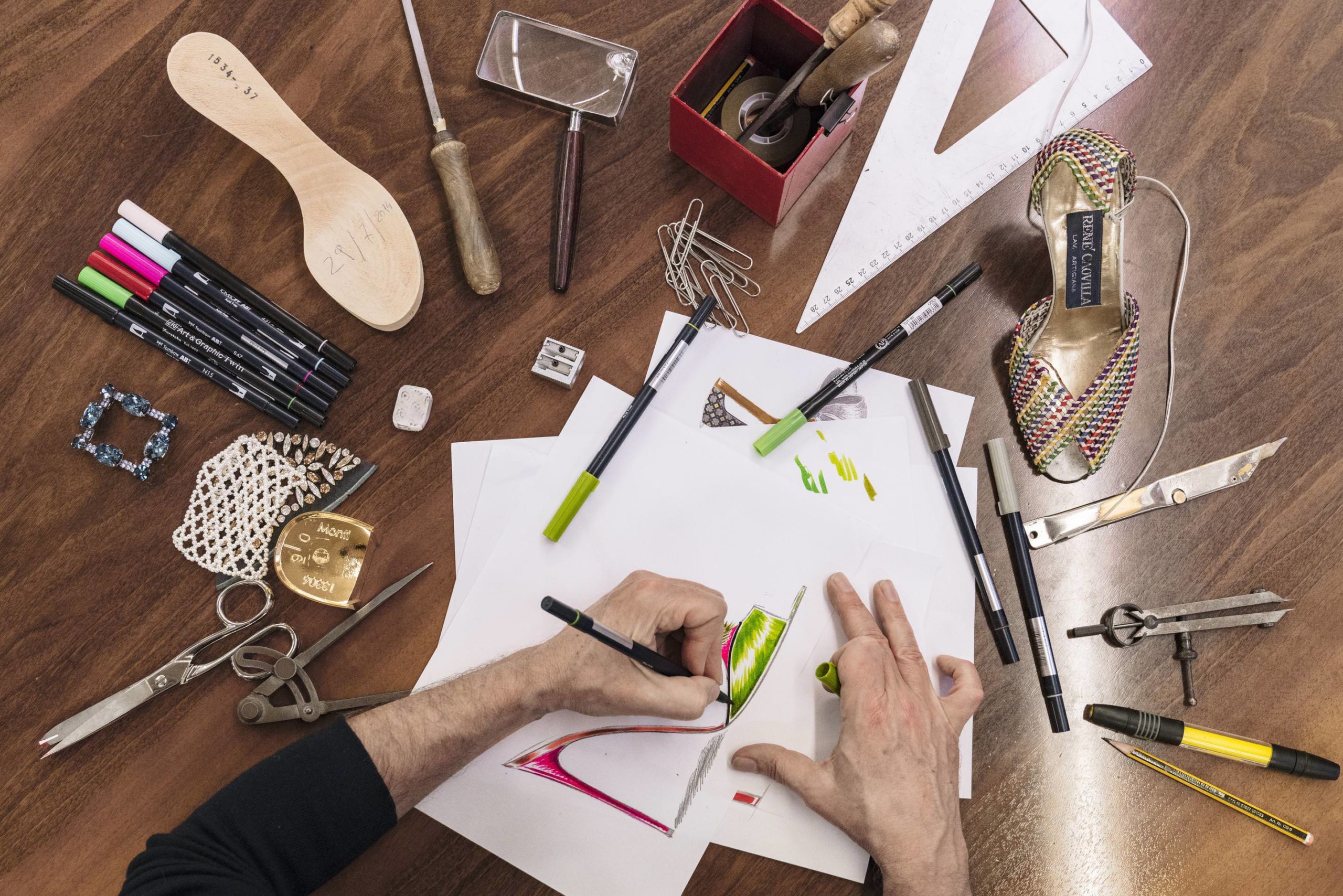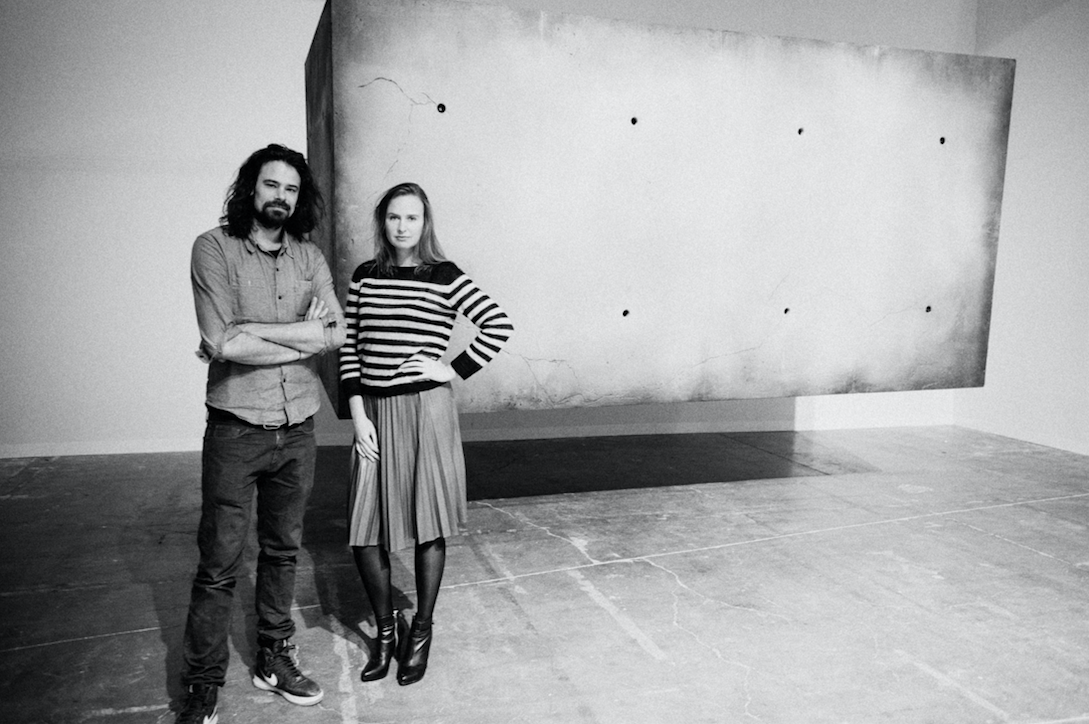Gabrielle Goliath entered into the art world inadvertently. She started by studying fashion, then designing clothing that became increasingly conceptual. Goliath has since used video, photography, multimedia production, and performance as a positive platform to spotlight tough topics like assault, loss, and trauma.
Today, she can be found creating at fem of colour—the intersectional studio platform she recently started in Johannesburg—where she hosts talks, workshops, exhibitions by other artists, and more. Whitewall spoke with the artist about her ongoing works that confront violence to convey eye-opening messages that evoke memory, feeling, and presence.
WHITEWALL: In 2014, you presented a video project entitled Personal Accounts that shined light on sexual assault victims, which is a topic that is present more than ever right now across the globe. Can you tell us a bit about why you chose to work with this topic?
GABRIELLE GOLIATH: South Africa, the DRC, and other countries of the South are regularly exceptionalized and touted as “rape capitals”—places in which this violence is framed as endemic, and often without accounting for the devastating legacies of slavery, colonialism, and apartheid. Personal Accounts was a way of looking into the politics of this violence—how, in South Africa and elsewhere, it is perpetuated and normalized. It’s about who can speak and who cannot, and if they do speak, who is and who is not heard. For this project, five women—all of them survivors of gender-based violence—bravely chose to share their life stories with me in a very intimate manner. These, as well as other personal experiences disclosed to me by women, as well as LGBTQIA+ survivors, continue to inform, inspire, and shape what I do, and how I seek to do it.
WW: In the past, you’ve also presented works circling the topic of death and longing, seen in the project Elegy, where women in a vocal performance sang a ritual of mourning. Why did you originally begin exploring vulnerable topics?
GG: I lost a childhood friend to an act of domestic violence. Berenice was killed on Christmas Eve, 1991, in a domestic “accident.” I remember going to the house the next day and Berenice’s mother just held me and cried for what seemed like hours. Eighteen years later I created “Berenice 10-28”—a photographic portrait series in which 19 brown women offer themselves as surrogate representations. Standing in for Berenice, the portraits mark her absent presence—one portrait for every year from her death to the work’s realization in 2010. That body of work marked an important beginning for me—not only in terms of content, but also the ethical and relational demands involved in this kind of artmaking.
Since then, in works like Personal Accounts, Roulette, and Elegy, I have sought to negotiate, in quite different ways, the trauma and loss associated with gendered/sexualized violence, as well as the politics of its normalization as rape culture.
For me, a work like Elegy (which is an ongoing performance project I initiated in 2015) constitutes a form of political labor, as each performance calls to remembrance a woman or LGBTQIA+ individual subjected to fatal acts of sexualized, often racialized, violence. Invoking the absent presence of these individuals, mourning becomes a way of refusing the systematic disavowal through which “ungrievable” lives are rendered to the social/political periphery.
WW: When you created Roulette—a work that showcases the statistic that every six hours in South Africa a woman is killed by a current or former intimate partner—you shined light on violence to make it relatable through art. What was the starting point for that project?
GG: Statistics are, of course, a way in which we try and quantify violence, give it some kind of measure, some point of relation. And in South Africa we’re obsessed with crime statistics. My concern, however, is the way in which statistics present an abstraction; generalize violence in ways that can astound but not necessarily affect. What is lost is specificity, and, in a way, another violence is enacted in this subsuming of the individual.
People are, to a large extent, already aware of the kinds of social and political realities I am engaging with. The opportunity for me is how to facilitate a different kind of encounter—one that demands a more involved, complicit, and relational interaction.
In Roulette, I wanted to address and seek to shift the manner in which a devastating statistic of gendered violence is encountered—collapse the distance, the abstraction, the “safe remove.” Audiences come across a suspended pair of headphones, which hang above a floor mat into which a disclaimer has been burnt, warning that listening in may result in permanent aural damage. Once every six hours, the buzzing static of the headphones is pierced by a deafening revolver shot recording. So, a measure of threat is inserted into the experience of this statistic—to step in, listen in, and engage is to become involved—to become vulnerable in some way, to be frightened, even, and to acknowledge through this aesthetic, but also bodily encounter, the very real register of this statistic. The starting point was a desire to bring to the cold mathematics of a statistic a sense of proximity and bearing.
WW: Your work includes video, photography, multimedia production, and vocal performances. How do you feel telling a story through many channels changes the message’s impact?
GG: My approach to media reflects a desire to get away from a purely figurative mode of representation, and to encourage a more performative witness, or experience. I am very interested in the possibilities of music, of voice, and of ritual, in their capacity to evoke memory, feeling, and presence. And there is also the social aspect of performance itself, which involves a certain relational and, of course, political transaction that is really important in a lot of my work. Rather than telling or showing, the ideal is to make those stories shareable.
WW: Tell us a bit about your new work entitled This song is for . . .
GG: This song is for . . . draws on the testimonies of rape survivors in such a way as to recall the trauma of rape and its painful aftermaths, but also the claims of these beautiful and remarkable individuals to life, hope, faith, and even joy.
I am collaborating with a group of musicians to revisit the convention of the dedication song. This popular ritual—and the way it draws on music to transport one back to a particular time and place to recall sensory worlds of feeling and memory—becomes a very powerful way to invoke lived realities of trauma, and to create an opportunity for audiences to inhabit a different kind of relation.










